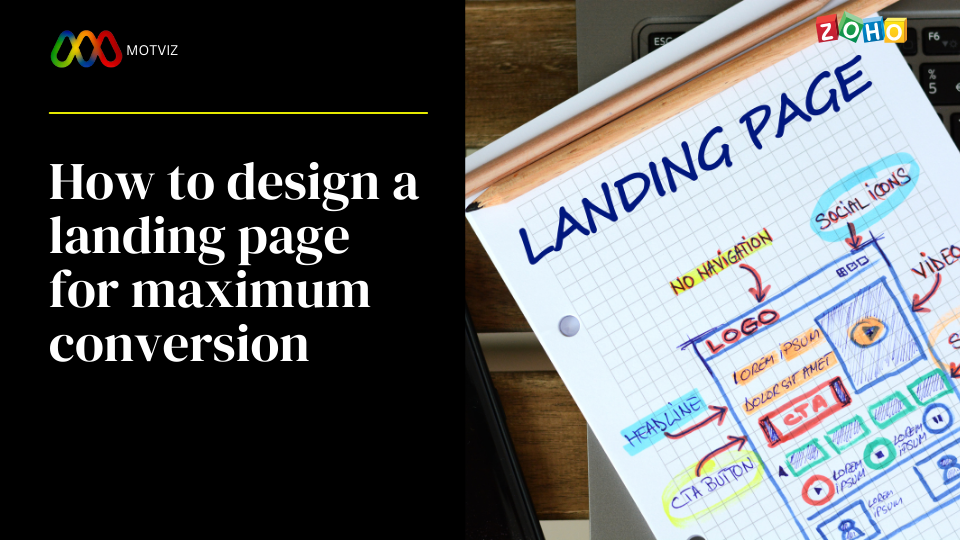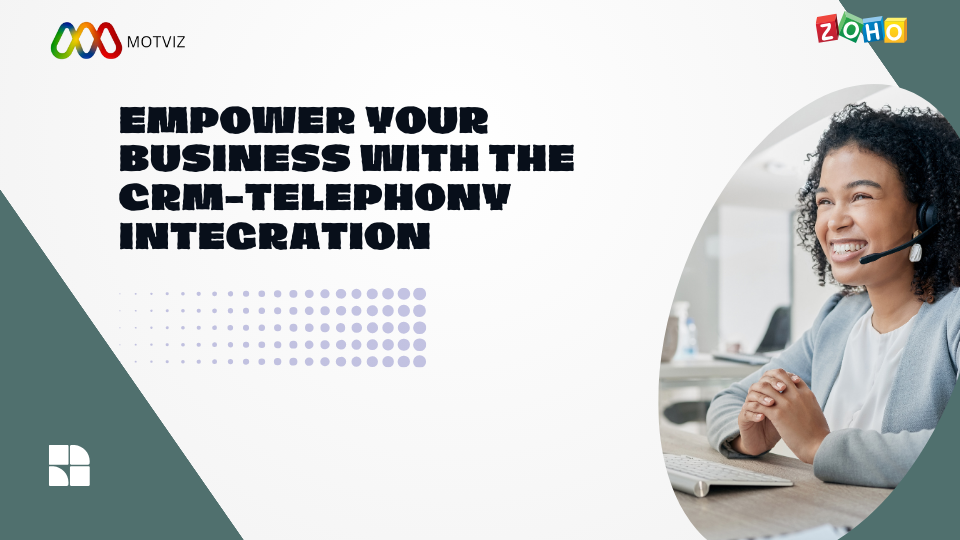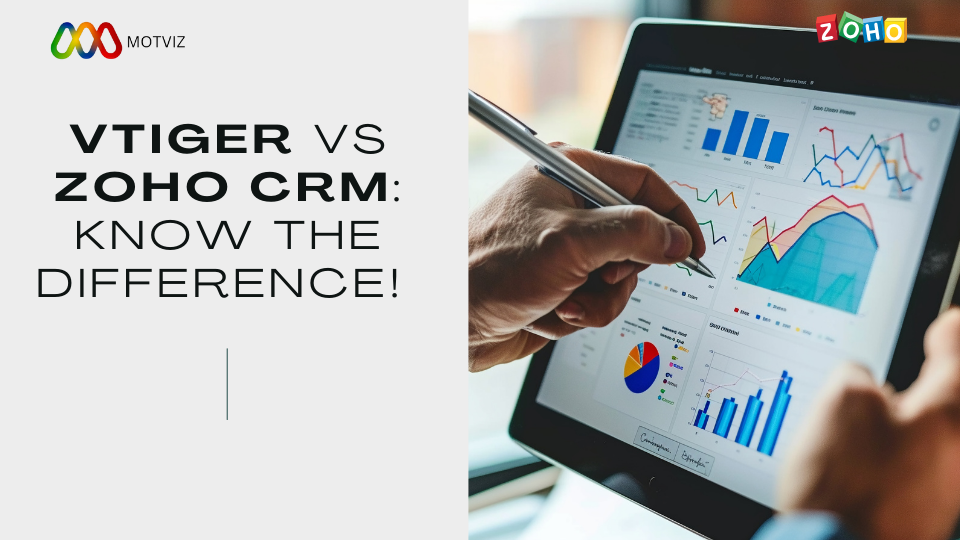
How to design a landing page for maximum conversion
A substantial amount of revenue can be generated through effective landing pages.
A landing page serves as a webpage to encourage visitors to take specific actions. These actions can include signing up for a newsletter, inviting individuals to attend a conference or webinar, making an announcement, presenting a discount, or completing a purchase. Additionally, landing pages play a vital role in capturing leads.
Marketers invest significant amounts of time and resources in directing traffic toward their landing pages, to encourage the target audience to engage in the opt-in process. Nevertheless, all efforts will be in vain if these pages fail to attract potential customers to enter your sales funnel and inform and persuade them to become customers.
That is why it is crucial to concentrate on developing landing pages that yield conversions. It is essential to realize that creating an exceptional landing page involves more than just adding visuals, writing content, and including a call-to-action (CTA) button.
What Is a High-Converting Landing Page?
Many marketers often develop individual landing pages for each campaign, a standard industry practice. This approach streamlines the conversion process by allowing users to opt in. Nonetheless, there are additional advantages to concentrating on crafting landing pages.
Here are a few key benefits that can enhance your online business when utilizing tailored landing pages for your marketing initiatives.
- Landing pages are created to boost conversions. An effectively designed landing page has the potential to attract email leads, thereby improving the likelihood of converting those leads into actual sales.
- By dividing your target audience into segments and customizing your communication, you can develop landing pages that establish a profound connection with visitors.
- Landing pages have the potential to establish and strengthen your brand identity by conveying a cohesive message and visual appeal that deeply connects with your intended audience.
- By implementing effective optimization strategies, landing pages can enhance your SEO efforts and attract a greater volume of traffic to your website.
- Monitoring metrics such as bounce rates and conversion rates allows you to assess the performance of your landing pages and implement data-informed enhancements as needed.
Why You Need a Landing Page
- Promote a Positive First Impression- By utilizing landing pages, you can effectively engage your target audience, encouraging them to transition from casual readers to potential customers. Crafting landing pages to cater to specific audience segments allows for more personalized messaging, resulting in a stronger connection with visitors. Another benefit of incorporating landing pages into your marketing strategy is the opportunity to establish a cohesive brand image that appeals to your desired demographic.
- Take Advantage of Trust Elements – Your landing page presents a valuable chance to initiate the establishment of trust with your consumers. This entails having a polished design, offering high-quality content, and addressing the concerns and challenges faced by potential customers. To further enhance your landing page, consider incorporating videos that bring your product to life and give it a voice. Moreover, the inclusion of social proof such as reviews, testimonials, and user-generated content from satisfied customers serves as a powerful source of inspiration for trust.
- Increase the Conversion Rate – Landing pages are crafted to provide leads with essential information to progress through the customer journey and move closer to a conversion. Encouraging users to take specific actions, like signing up for a newsletter or requesting a quote, is an integral part of the landing page strategy. Furthermore, by analyzing metrics like bounce rates and conversion rates, you can assess the effectiveness of your landing pages and make data-driven enhancements over time.
Types of High-Converting Landing Pages
- Text-Only Landing Pages – The majority of digital marketers opt to utilize text-based copy for their landing pages. They avoid incorporating videos or extensive graphics, opting instead for a few images to engage the visual processing part of the brain. Copyblogger serves as a prime illustration of this approach, utilizing a CTA button in place of a text link.
- Long or Short Copy? – The length of the landing page copy is a matter of consideration. The digital marketing industry often utilizes long-copy landing pages as an effective format to highlight the advantages of their products or services and ultimately secure a sale. However, if your goal is to obtain someone’s email address in exchange for a free report, it is advisable to keep the copy concise. Short copy not only improves the user experience but also encourages more consumers to engage in the opt-in process, leading to a higher completion rate for subscription forms.
- Video Landing Pages – As per the report by Globe Newswire, the revenue of online video platforms is estimated to reach 2.2 billion by 2030 due to the increasing popularity of platforms like YouTube, Vimeo, and others. Irrespective of the nature of your product or service, incorporating a brief video that guides the potential customer through your offering will enhance your conversion rates, provided that the opt-in process is uncomplicated. Furthermore, videos can effectively demonstrate to prospects the functionality of your product, especially if it requires installation or configuration. For instance, when you visit Slack’s website, you can watch a video that illustrates the capabilities of their messaging software and provides guidance on how to utilize it.





